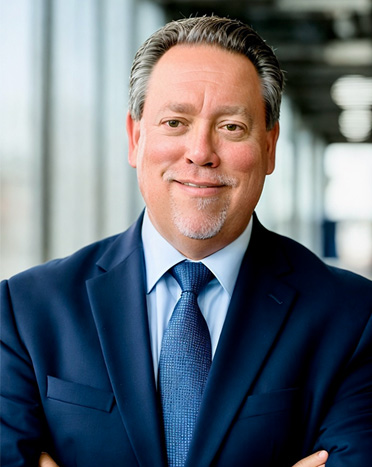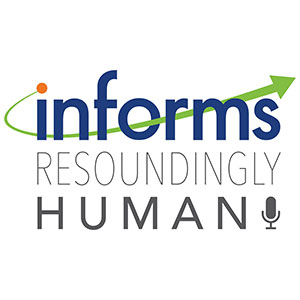
The Potential Impact of AI on your Job and Money
A recent report by Goldman Sachs Economics Research concludes that “super intelligent” artificial intelligence technology – also called generative AI – could cause “significant disruption” in the job market, notes Sandra Block, Kiplinger’s Personal Finance magazine.















